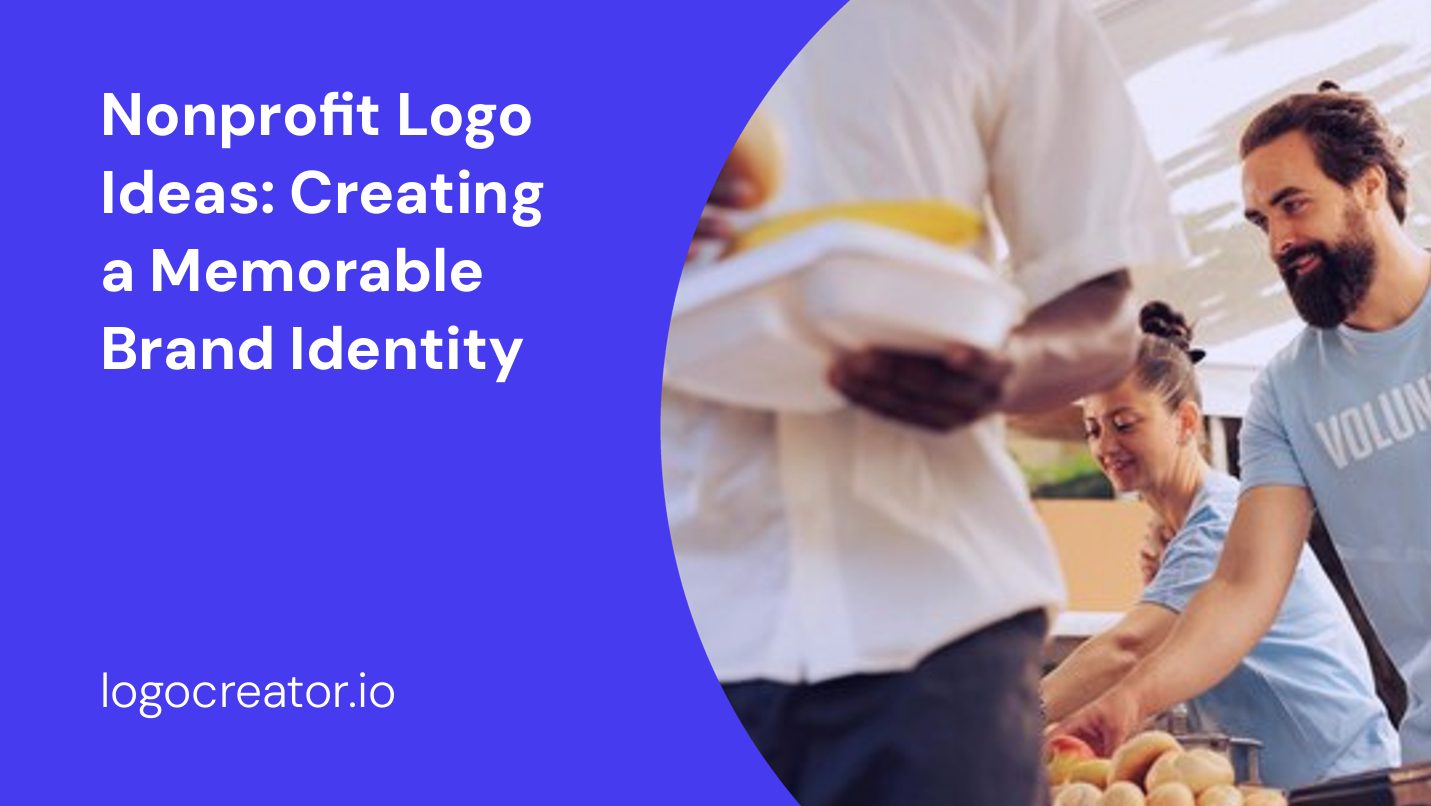As a nonprofit organization, creating a strong brand identity is essential for effectively conveying your mission and values to your target audience. One of the key elements of brand identity is a well-designed logo that not only captures the essence of your organization but also leaves a lasting impression. In this article, we will explore some nonprofit logo ideas that can help you create a memorable and impactful brand.
Importance of a Nonprofit Logo
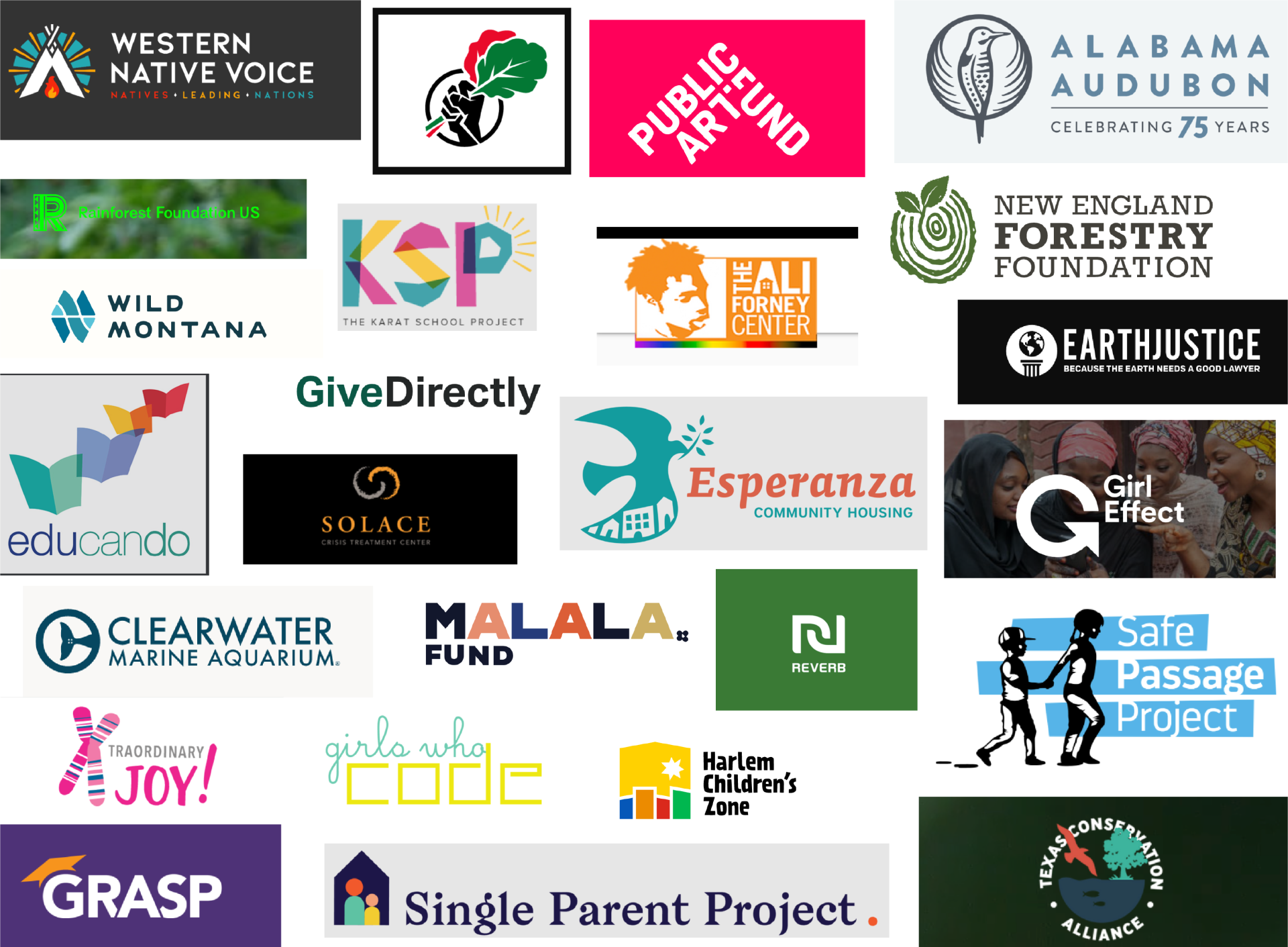
A nonprofit logo serves as the visual representation of your organization. It is the face of your brand and plays a crucial role in attracting potential donors, volunteers, and supporters. A well-designed logo can evoke emotions, build trust, and help your organization stand out in a competitive landscape. Here are some key reasons why a nonprofit logo is important:
1. Establishes Identity
A logo gives your nonprofit a unique identity and sets you apart from other organizations. It creates a visual association with your mission and values, making it easier for people to recognize and remember your brand.
2. Builds Trust and Credibility
A professionally designed logo demonstrates that your organization is legitimate and professional. It establishes trust with your audience and potential donors, reassuring them that their contributions will be used for a worthy cause.
3. Increases Brand Awareness
A visually appealing and impactful logo can help increase your brand’s visibility. When people see your logo consistently across various platforms, it reinforces your brand and creates a sense of familiarity, making it more likely for them to engage with your organization.
4. Communicates Mission and Values
A well-crafted logo has the power to communicate your nonprofit’s mission and values effectively. Through design elements, such as colors, typography, and symbols, you can visually convey the essence of your organization and the impact you strive to make.
Key Elements of an Effective Nonprofit Logo
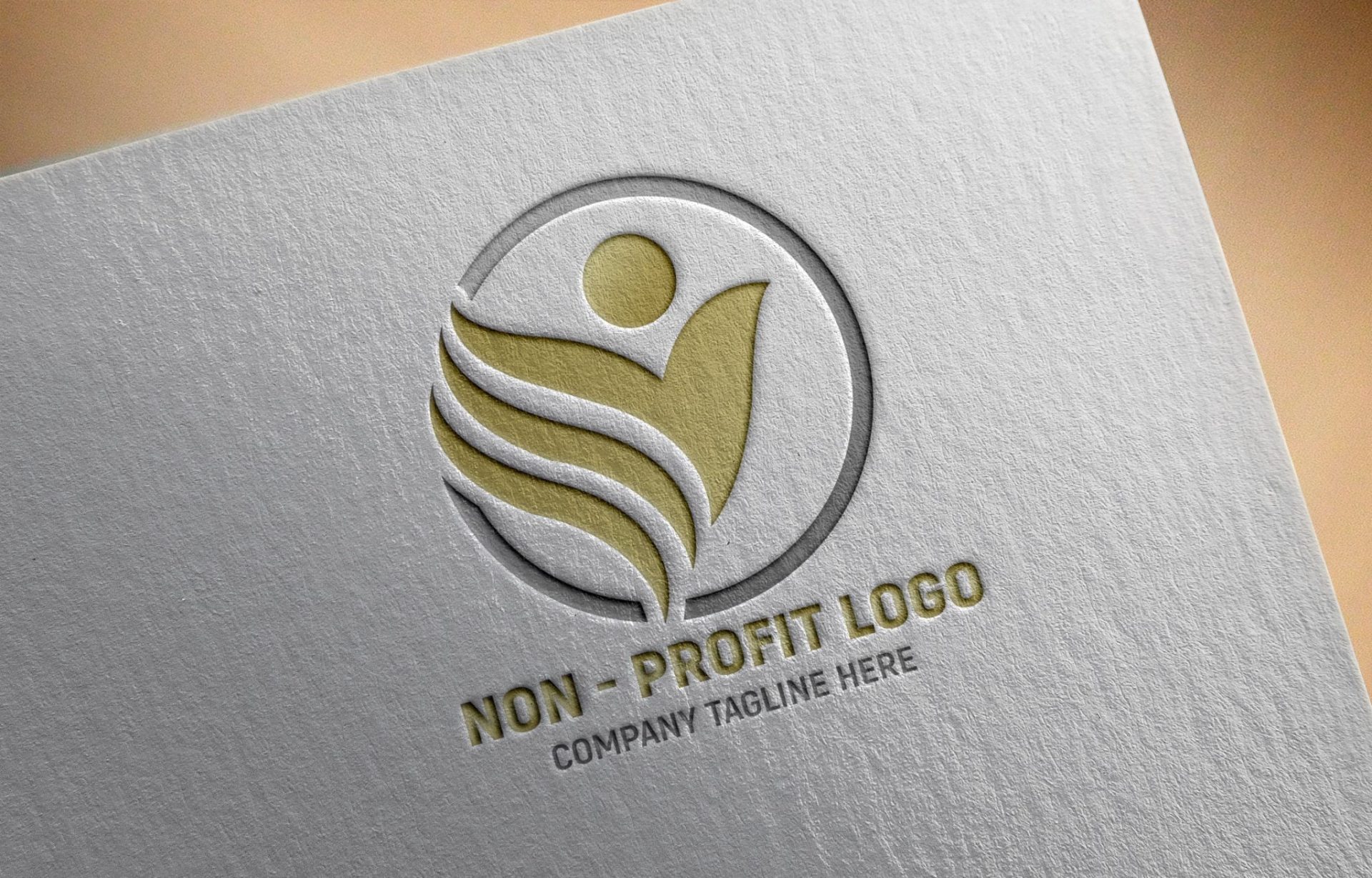
To create a successful nonprofit logo, it is important to consider several key elements. These elements should be carefully chosen to align with your organization’s mission, values, and target audience. Here are the key elements to consider when designing your nonprofit logo:
1. Simplicity
Simplicity is a fundamental principle of logo design. A simple logo is easily recognizable, memorable, and versatile across different platforms and sizes. Avoid cluttering your logo with excessive details or complex imagery, as it can make it difficult for viewers to understand and remember.
2. Uniqueness
Your logo should be distinct and unique to your organization. Conduct thorough research to ensure that your logo does not resemble another organization’s logo, especially within your sector. A unique logo helps your nonprofit stand out and avoids confusion among your audience.
3. Relevance
Your logo should be relevant to your nonprofit’s mission and values. Consider incorporating elements that symbolize the cause you support or the community you serve. For example, if your organization focuses on environmental conservation, using nature-inspired elements can help visually convey your mission.
4. Color Palette
Color plays a significant role in logo design, as it can evoke emotions and convey meaning. Choose colors that align with your organization’s values and the emotions you want to evoke in your audience. For example, green often represents nature and sustainability, while blue can convey trust and stability.
5. Typography
The choice of typography in your logo can have a significant impact on how your brand is perceived. Consider using fonts that reflect your nonprofit’s personality—whether it’s bold and energetic or calm and compassionate. Ensure legibility regardless of the size or background color of your logo.
6. Scalability
Your logo should be scalable, meaning it should maintain its visual integrity and legibility when resized. Consider how your logo will appear on various platforms, including websites, social media profiles, print materials, and merchandise. Test your logo at different sizes to ensure it remains clear and recognizable.
Nonprofit Logo Design Ideas
Now that we’ve explored the importance of a nonprofit logo and the key elements to consider, let’s dive into some creative ideas to inspire your logo design process:
1. Symbolic Imagery
Consider incorporating symbols or icons that represent your organization’s mission. For example, if your nonprofit focuses on education, you could use a graduation cap or an open book as a symbol in your logo. Ensure that the chosen symbol is simple, relevant, and easily recognizable.
2. Abstract Shapes
Using abstract shapes can add visual interest and uniqueness to your logo. These shapes can be inspired by the nature of your nonprofit’s work or the emotions you aim to evoke. Experiment with different geometric forms and arrangements to create a visually appealing and memorable logo.
3. Hand-drawn Illustrations
Hand-drawn illustrations can bring a personal and authentic touch to your logo. They can convey a sense of warmth, compassion, or creativity, depending on the style and subject matter. Consider hiring an illustrator or engaging a volunteer artist to create custom illustrations that reflect your nonprofit’s values.
4. Negative Space
Negative space refers to the empty space surrounding and between the elements of a logo. Cleverly incorporating negative space can create hidden meanings or additional symbols within your logo. This approach not only adds depth to your design but also engages viewers to discover the hidden elements.
5. Wordmarks
Wordmarks are logos that primarily consist of the organization’s name, often designed in a unique and stylized font. This approach can work well for nonprofits with short and impactful names. Experiment with different typography styles, letter spacing, and color combinations to create a visually striking wordmark.
6. Minimalistic Designs
Minimalistic logos focus on simplicity and the removal of unnecessary elements. This approach can be effective in creating a clean and modern logo that is easy to recognize and remember. Use simple shapes, clean lines, and limited colors to achieve a minimalist design that conveys your nonprofit’s essence.
Bringing Your Nonprofit Logo to Life
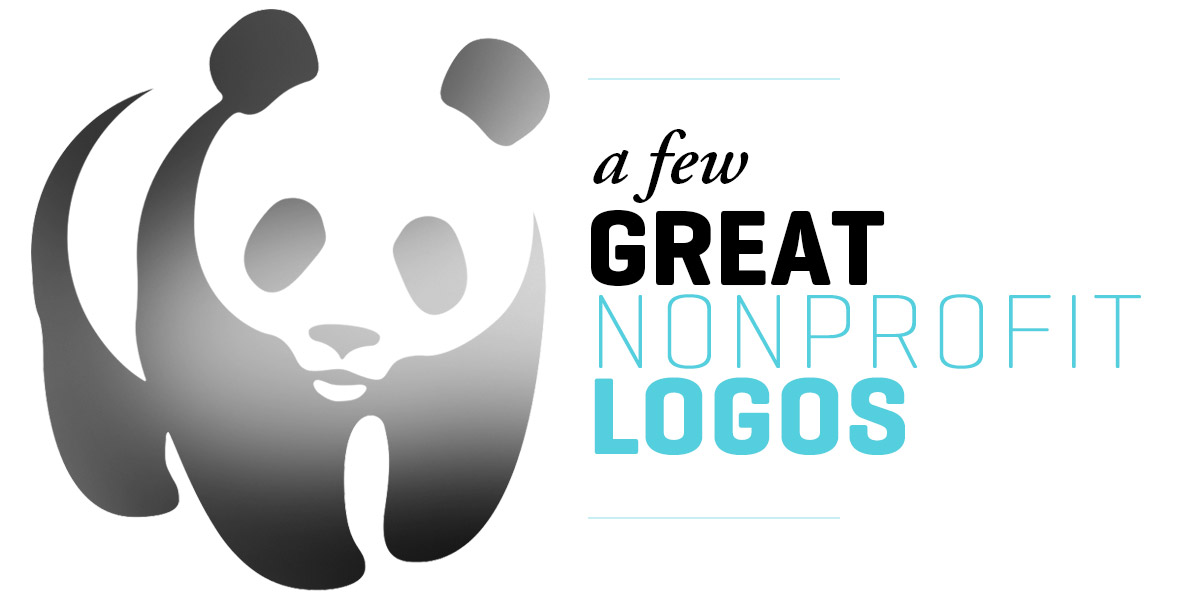
Once you have settled on a logo design concept, it’s time to bring it to life. Here are the next steps to take:
1. Professional Design
Unless you have expertise in graphic design, it is advisable to seek professional help in finalizing your nonprofit logo. A graphic designer can refine your concept, optimize the design for various platforms, and provide you with high-quality logo files.
2. Test and Iterate
Before finalizing your logo, gather feedback from your staff, volunteers, and target audience. Ensure that your logo resonates with your stakeholders and effectively communicates your nonprofit’s mission and values. Iterate and make necessary adjustments based on the feedback received.
3. Ensure Consistency
Once your logo is finalized, use it consistently across all your nonprofit’s touchpoints. This includes your website, social media profiles, email communications, marketing materials, and any other platforms where your organization is represented. Consistency helps build brand recognition and strengthens your nonprofit’s overall identity.
Conclusion
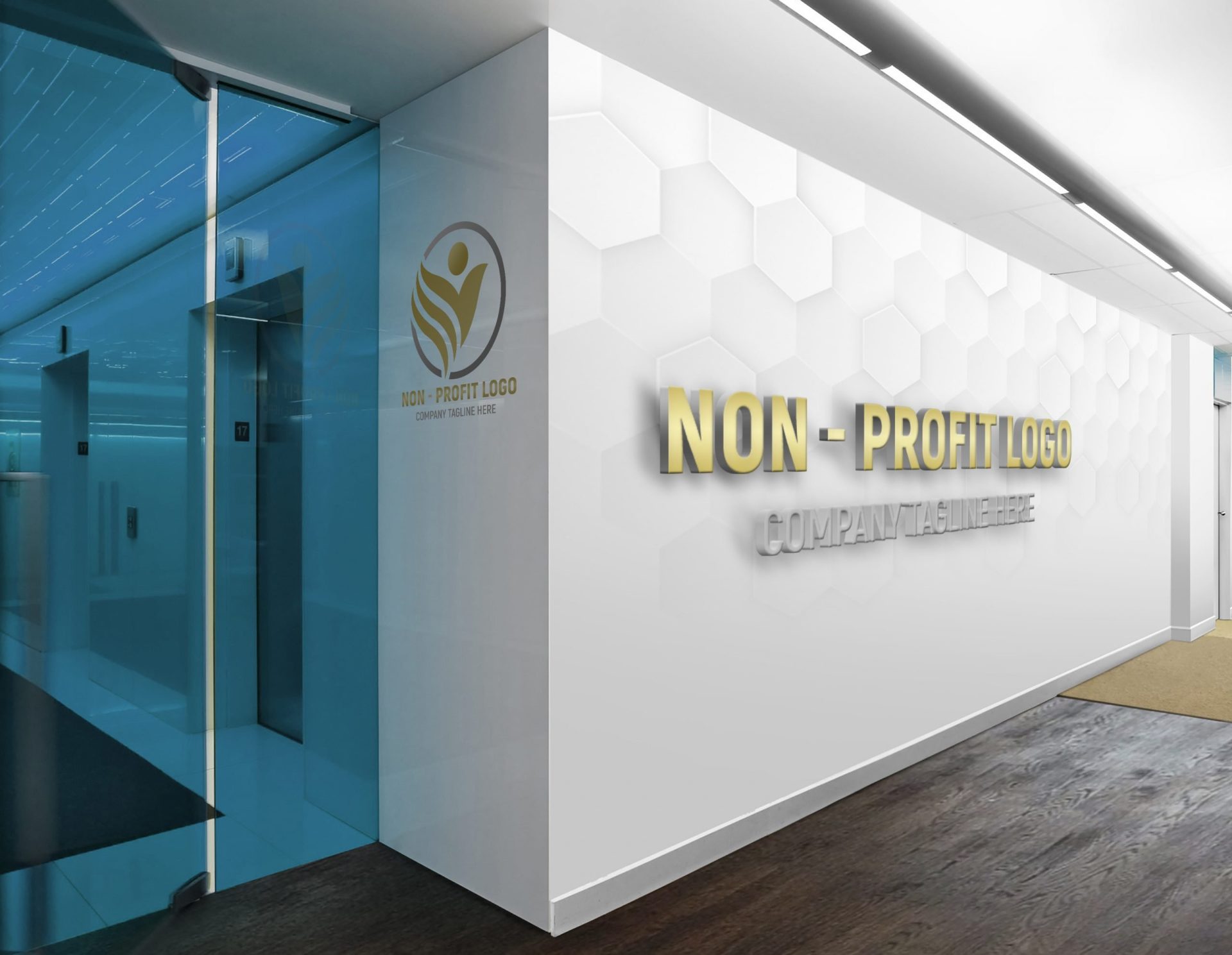
Designing a nonprofit logo that effectively represents your organization is a crucial step in building a strong brand identity. By considering the key elements of effective logo design and exploring different creative ideas, you can create a memorable and impactful logo that resonates with your target audience. Remember, a well-designed logo can go a long way in establishing trust, increasing brand awareness, and conveying your nonprofit’s mission and values to the world.
Barry Edwards is a digital marketing expert with a deep understanding of content strategy, logo, and branding principles. Holding a Bachelor’s degree in Marketing from Beaconhill College, he offers valuable insights on digital marketing trends and strategies through his writing. Follow Barry’s work to stay updated on the latest in online marketing and branding.

